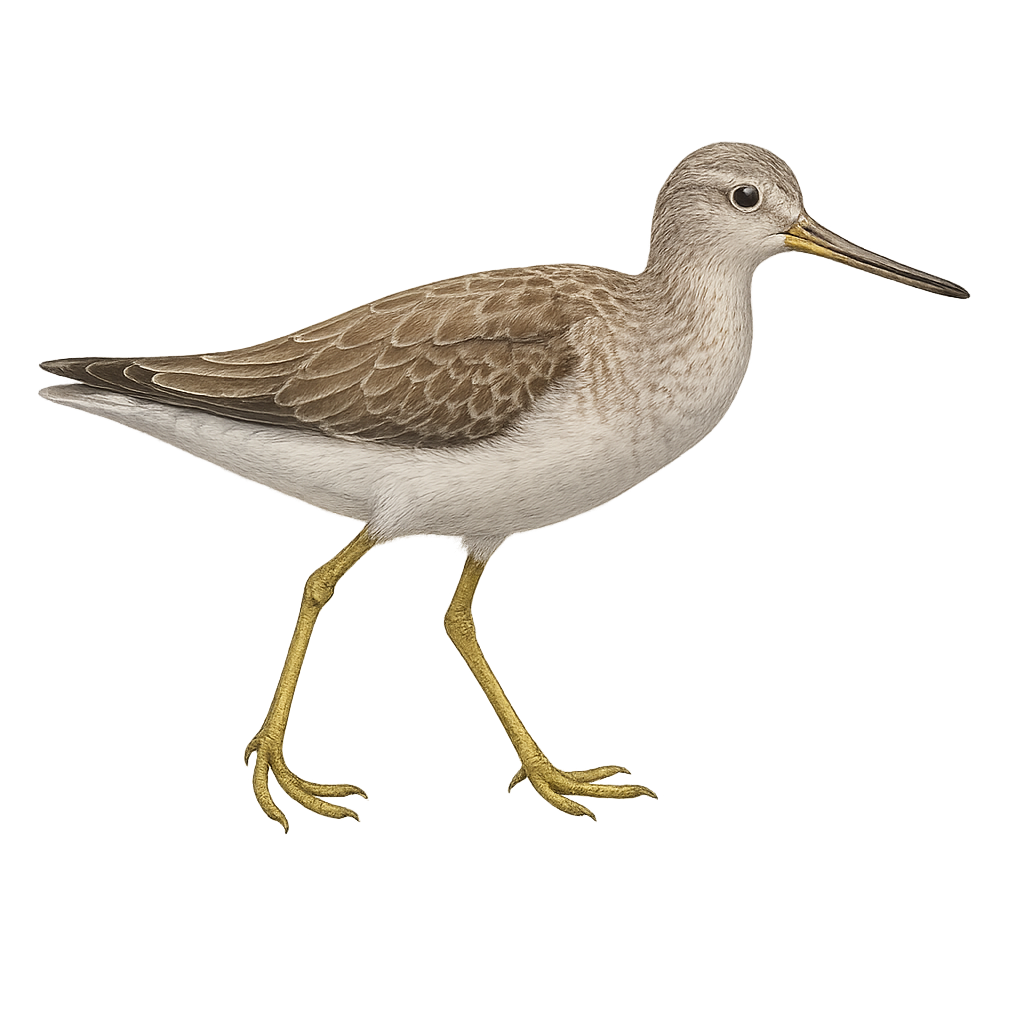Your wildlife photography guide.
Explore the nordmann's greenshank in detail, study its behavior, prepare your shots.
Where to observe and photograph the nordmann's greenshank in the wild
Learn where and when to spot the nordmann's greenshank in the wild, how to identify the species based on distinctive features, and what natural environments it inhabits. The WildlifePhotographer app offers tailored photography tips that reflect the nordmann's greenshank’s behavior, helping you capture better wildlife images. Explore the full species profile for key information including description, habitat, active periods, and approach techniques.
Nordmann's Greenshank
Scientific name: Tringa guttifer

IUCN Status: Endangered
Family: SCOLOPACIDAE
Group: Birds
Sensitivity to human approach: Suspicious
Minimum approach distance: 30 m
Courtship display: May to June
Incubation: 21-23 jours
Hatchings: June to July
Habitat:
Wetlands, mudflats, coniferous forests
Activity period :
Primarily active during the day, with peak activity in the morning and late afternoon.
Identification and description:
The Nordmann's Greenshank, or Tringa guttifer, is a rare and endangered wader bird belonging to the Scolopacidae family. It is identifiable by its greyish plumage with distinctive white spots on the belly and wings. Its long, slightly curved bill is perfect for probing mudflats for food. This bird migrates over long distances, breeding in the coniferous forests of the Russian Far East and wintering in the wetlands of Southeast Asia. Its population is declining due to habitat loss and hunting. Conservation efforts are crucial for its survival.
Recommended lens:
400 mm – adjust based on distance, desired framing (portrait or habitat), and approach conditions.
Photography tips:
To photograph the Nordmann's Greenshank, it is advisable to use a telephoto lens of at least 400 mm to capture detailed images without disturbing the bird. Approach slowly and discreetly, using surrounding vegetation as cover. The best photos are often taken early in the morning or late in the afternoon when the light is soft. Be patient and wait for the bird to behave naturally to get authentic shots.
The WildlifePhotographer App is coming soon!
Be the first to explore the best nature spots, track rutting seasons, log your observations, and observe more wildlife.
Already 1 430 wildlife lovers subscribed worldwide

